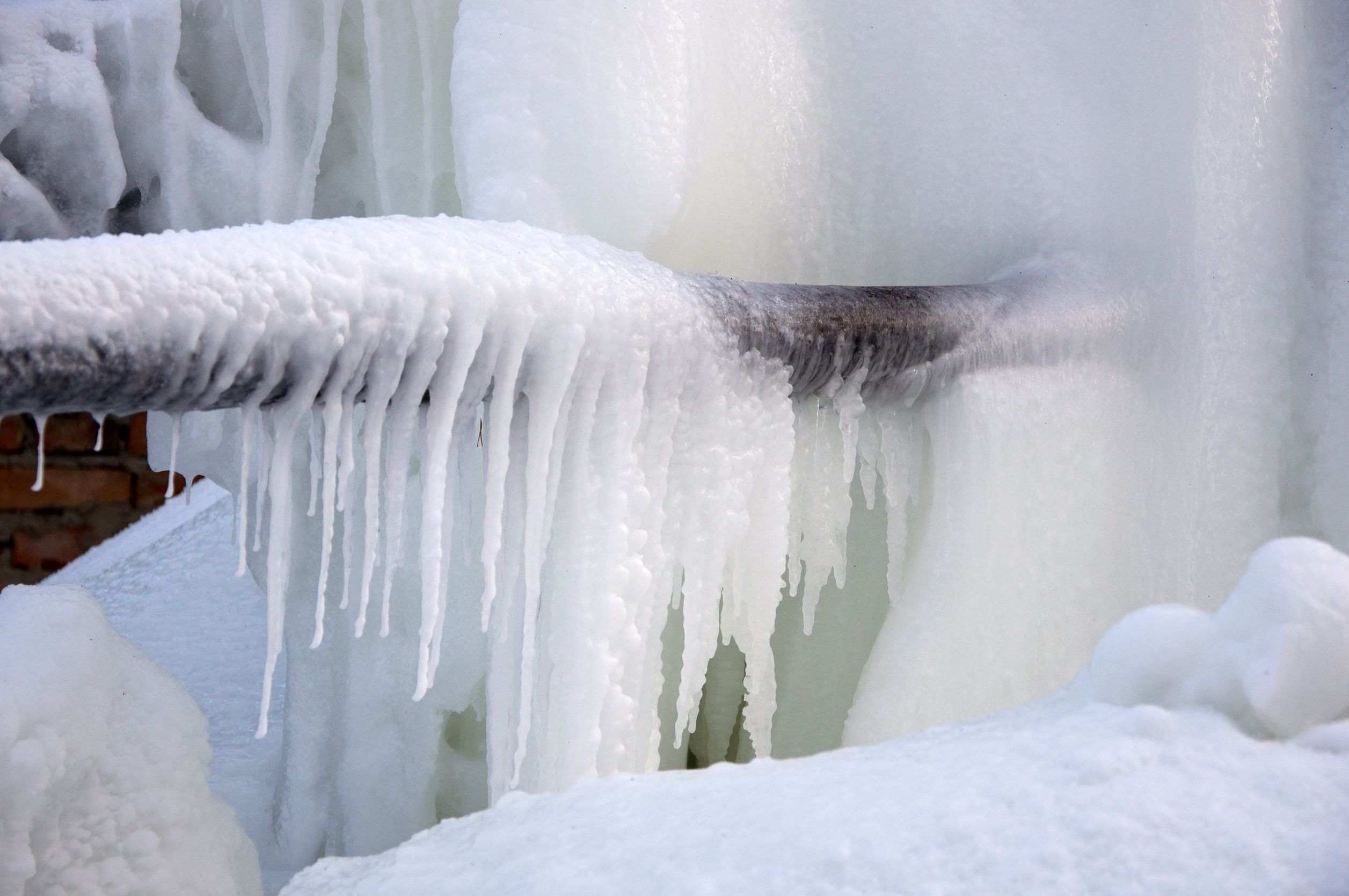Ways to Maintain Pipes from Freezing Damage: Important Tips
Ways to Maintain Pipes from Freezing Damage: Important Tips
Blog Article
Just how do you feel in regards to 6 Ways to Prevent Frozen Pipes?

Cold weather can wreak havoc on your pipes, especially by freezing pipes. Below's exactly how to prevent it from taking place and what to do if it does.
Introduction
As temperature levels drop, the threat of frozen pipes rises, potentially bring about costly repair services and water damage. Comprehending just how to prevent frozen pipelines is important for homeowners in cold climates.
Avoidance Tips
Shielding vulnerable pipes
Wrap pipes in insulation sleeves or make use of heat tape to protect them from freezing temperatures. Concentrate on pipes in unheated or exterior locations of the home.
Home heating strategies
Maintain indoor spaces sufficiently heated up, particularly areas with pipes. Open up cupboard doors to enable warm air to flow around pipes under sinks.
How to identify icy pipes
Look for lowered water flow from faucets, unusual smells or noises from pipelines, and visible frost on revealed pipes.
Long-Term Solutions
Structural adjustments
Take into consideration rerouting pipelines far from exterior wall surfaces or unheated locations. Add added insulation to attics, basements, and crawl spaces.
Upgrading insulation
Purchase high-grade insulation for pipelines, attics, and wall surfaces. Appropriate insulation aids maintain constant temperature levels and reduces the danger of icy pipelines.
Protecting Outdoor Plumbing
Garden hose pipes and outside taps
Disconnect and drain garden pipes prior to wintertime. Install frost-proof spigots or cover outdoor faucets with insulated caps.
Understanding Frozen Pipes
What causes pipes to ice up?
Pipelines ice up when revealed to temperature levels listed below 32 ° F (0 ° C) for prolonged periods. As water inside the pipes freezes, it increases, taxing the pipe wall surfaces and potentially causing them to burst.
Threats and damages
Frozen pipes can result in supply of water disruptions, residential property damage, and expensive fixings. Ruptured pipes can flood homes and create considerable structural damages.
Signs of Frozen Water Lines
Recognizing icy pipes early can stop them from bursting.
What to Do If Your Pipes Freeze
Immediate activities to take
If you presume frozen pipes, maintain taps available to relieve pressure as the ice thaws. Use a hairdryer or towels soaked in warm water to thaw pipes gradually.
Conclusion
Protecting against frozen pipelines needs positive actions and quick responses. By recognizing the reasons, indications, and preventive measures, property owners can safeguard their plumbing during winter.
5 Ways to Prevent Frozen Pipes
Drain Outdoor Faucets and Disconnect Hoses
First, close the shut-off valve that controls the flow of water in the pipe to your outdoor faucet. Then, head outside to disconnect and drain your hose and open the outdoor faucet to allow the water to completely drain out of the line. Turn off the faucet when done. Finally, head back to the shut-off valve and drain the remaining water inside the pipe into a bucket or container. Additionally, if you have a home irrigation system, you should consider hiring an expert to clear the system of water each year.
Insulate Pipes
One of the best and most cost-effective methods for preventing frozen water pipes is to wrap your pipes with insulation. This is especially important for areas in your home that aren’t exposed to heat, such as an attic. We suggest using foam sleeves, which can typically be found at your local hardware store.
Keep Heat Running at 65
Your pipes are located inside your walls, and the temperature there is much colder than the rest of the house. To prevent your pipes from freezing, The Insurance Information Institute suggests that you keep your home heated to at least 65 degrees, even when traveling. You may want to invest in smart devices that can keep an eye on the temperature in your home while you’re away.
Leave Water Dripping
Moving water — even a small trickle — can prevent ice from forming inside your pipes. When freezing temps are imminent, start a drip of water from all faucets that serve exposed pipes. Leaving a few faucets running will also help relieve pressure inside the pipes and help prevent a rupture if the water inside freezes.
Open Cupboard Doors
Warm your kitchen and bathroom pipes by opening cupboards and vanities. You should also leave your interior doors ajar to help warm air circulate evenly throughout your home.
:strip_icc()/snow-outdoor-faucet-pipes-4af65d1e5e904fb1aa7bf74071fe5d89.jpg)
I was shown that report on How to Prevent Your Pipes From Freezing through a friend on another web blog. Kindly set aside a second to share this blog posting if you enjoyed it. We enjoy your readership.
Schedule Appointment Now Report this page